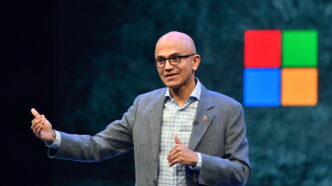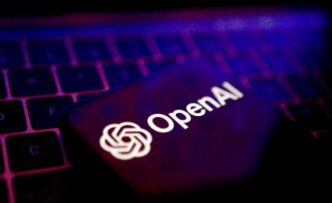Microsoft researchers have developed what they claim is the largest-scale 1-bit AI model, known as a “bitnet,” to date. Named BitNet b1.58 2B4T, it is openly available under an MIT license and is capable of running on CPUs, including Apple’s M2 chip.
Bitnets are specialized models designed to operate on lightweight hardware. In traditional AI models, weights—values that define the internal structure of the model. Which are quantized to allow better performance across various machines. By quantizing the weights, the number of bits used to represent them is reduced. Allowing the models to run efficiently on chips with lower memory capacity and greater speed.
Bitnets take this a step further by quantizing weights into only three values: -1, 0, and 1. This design makes them far more memory- and computationally efficient compared to most conventional models.
The BitNet b1.58 2B4T is the first bitnet with 2 billion parameters, with “parameters” being roughly equivalent to “weights.” It has been trained on a dataset containing 4 trillion tokens—approximately 33 million books. The researchers claim this model outperforms traditional models of a similar size.
While it doesn’t completely surpass other 2 billion-parameter models, it holds its own in key tests. In benchmarks like GSM8K (a set of grade-school math problems) and PIQA (which tests commonsense reasoning related to physical concepts). BitNet b1.58 2B4T performs better than Meta’s Llama 3.2 1B, Google’s Gemma 3 1B, and Alibaba’s Qwen 2.5 1.5B.
BitNet b1.58 2B4T is also more efficient, processing tasks at twice the speed of other models of the same size while consuming less memory. However, there is a significant catch—using the model requires Microsoft’s custom bitnet.cpp framework, which currently supports only certain hardware. Notably, GPUs, which are commonly used for AI tasks, are not supported at this time.
While bitnets could be highly beneficial for devices with limited resources, their compatibility remains a challenge, and it is uncertain how widely they will be adopted across different hardware configurations.













